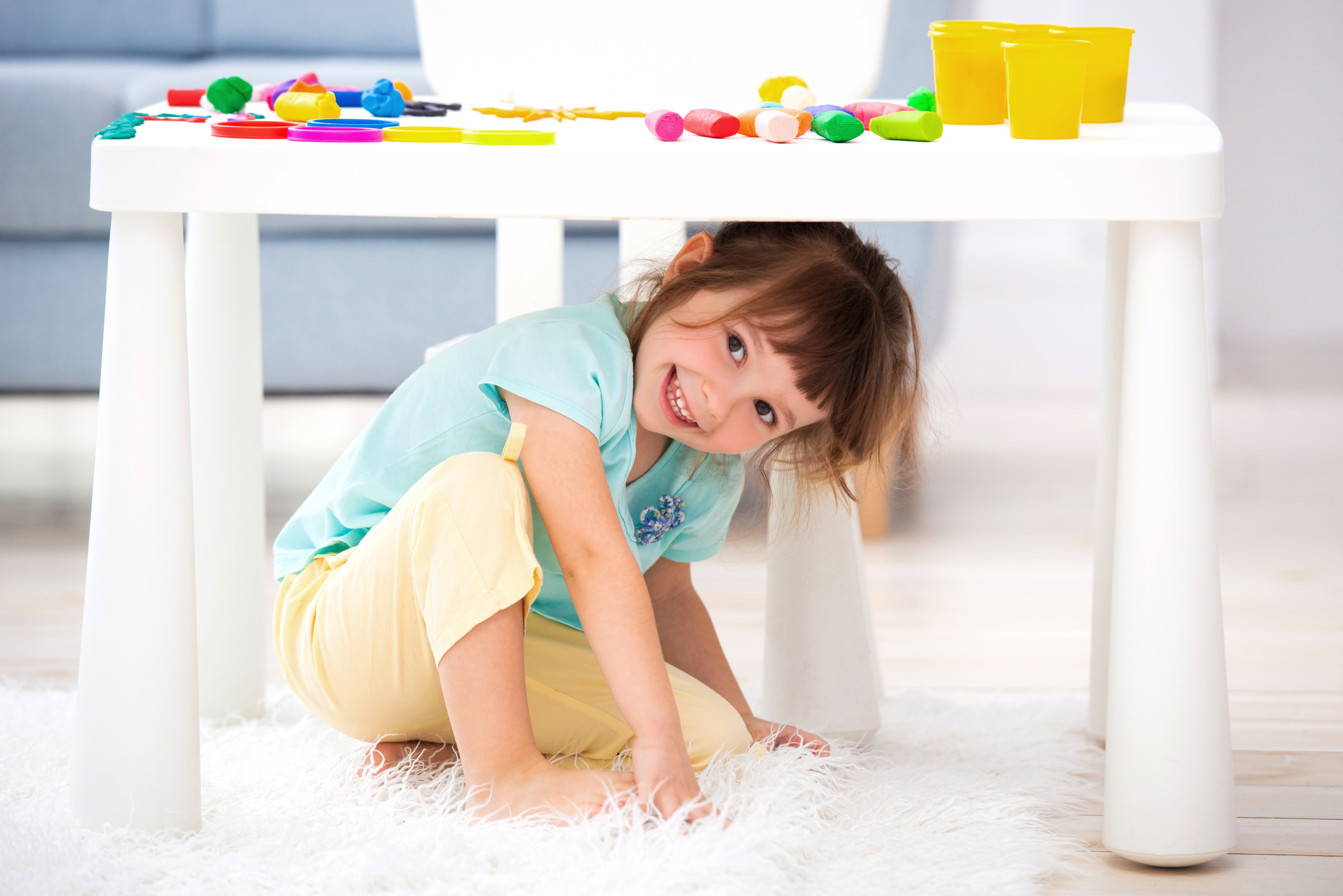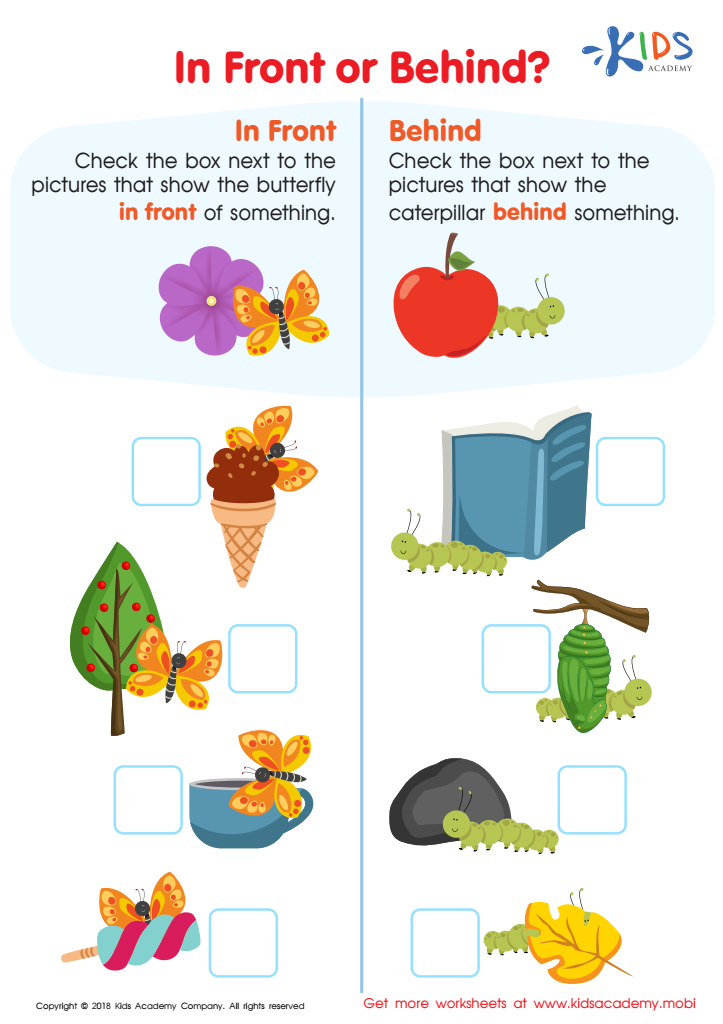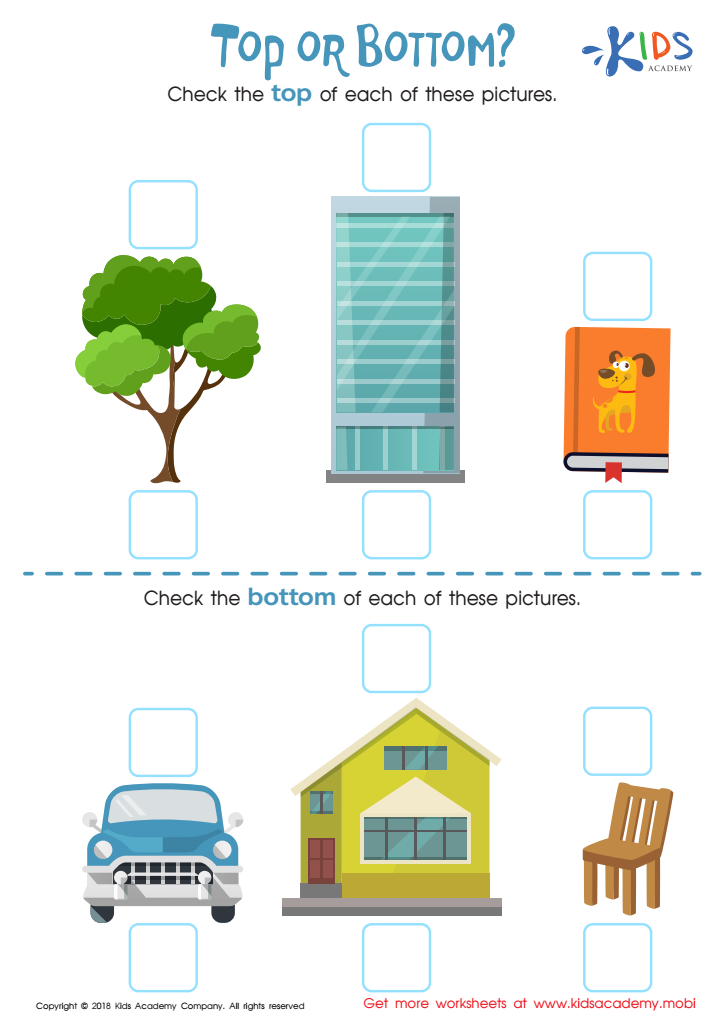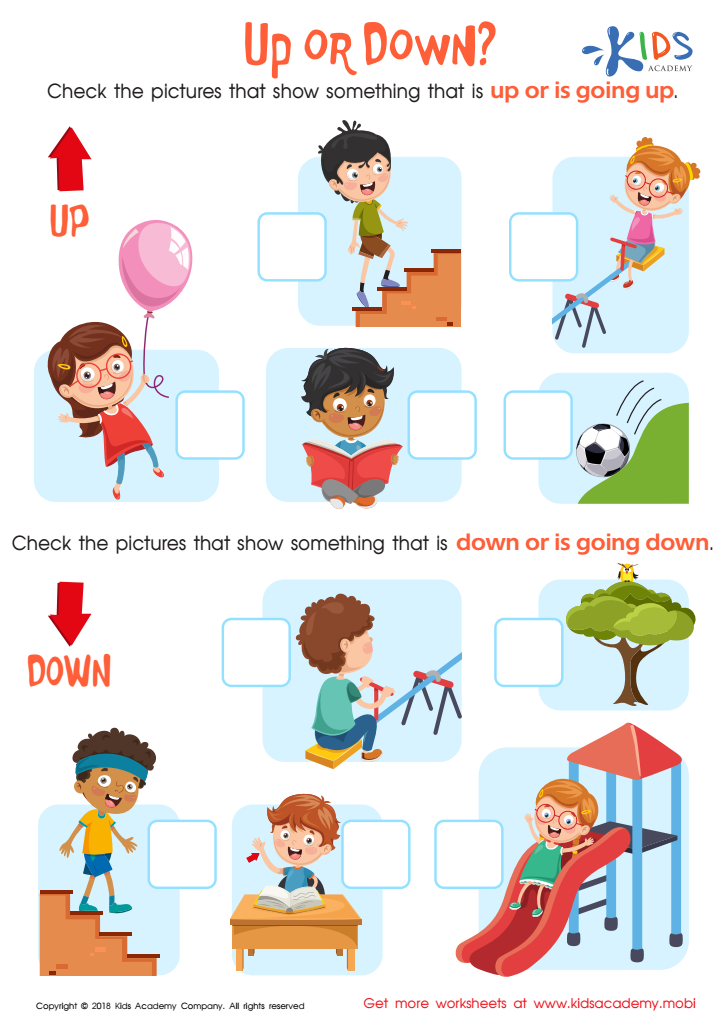-
English
-
English Pre-K
-
Unit 1: Early Literacy Skills
-
ABCs
- Pre-writing Activities
- Letter A
- Letter B
- Letter C
- Letter D
- Letter E
- Letter F
- Letter G
- Letter H
- Letter I
- Letter J
- Letter K
- Letter L
- Letter M
- Letter N
- Letter O
- Letter P
- Letter Q
- Letter R
- Letter S
- Letter T
- Letter U
- Letter V
- Letter W
- Letter X
- Letter Y
- Letter Z
-
Phonological Awareness
- Rhyming Words
- Letter Sounds B, C, D, and F
- Letter Sounds G, H, J, and K
- Letter Sounds L, M, N, and P
- Letter Sounds Q, R, S, and T
- Letter Sounds V, W, X, Y, and Z
- Letter Sounds A, E, and I
- Letter Sounds O and U
- Beginning Sounds
- Matching Letters to Sounds
-
ABCs
-
Unit 2: Vocabulary
-
Common Words
- Sorting Words into Categories
- Color Words
- Verbs and Adjectives
-
Sight Words
- Sight Words 'I' and 'Can'
- Sight Words 'You' and 'Like'
-
Common Words
-
Unit 3: Print Awareness
-
Parts of a Book
- Working with a Book
- Spaces Between Words
- Text and Illustrations
-
Picture Books and Poems
- Picture Book Text Features
- Poem Text Features
- Signs and Labels in the Community
-
Parts of a Book
-
Unit 4: Reading Literature
- Questions About Stories
- Discussing Stories
-
Unit 5: Reading Informational Texts
- Retelling Details in a Text
- Questions About a Text
- Connections Between Events
- Text Features
- Describing Illustrations
-
Unit 1: Early Literacy Skills
-
English Pre-K
-
Math
-
Math for Pre-Kindergarten
-
Logic and Geometry
-
Matching and Sorting
- Same and Different
- Which One Is a Little Different?
- Objects That Go Together
- Sorting by Color and Size
- Sorting The Same Group in Different Ways
- Patterns
-
Shapes
- Shapes in Our Environment
- Naming Shapes Regardless of Size
- Making Shapes in Preschool
- Comparing Shapes
- Relative Positions
- Sorting Shapes
-
Matching and Sorting
-
Early Number Sense
-
Numbers 1–5
- Counting to 3
- Counting to 5
- Arranging Objects up to 3 Objects
- Arranging up to 5 Objects
- Writing Numbers 1–5
-
Numbers 1–5
-
Numbers up to 10
- Counting to 10
- Arranging up to 10 Objects
- Number 0
- Writing Numbers 6–10
- Breaking Down Numbers 6-10
-
Logic and Geometry
-
Math for Pre-Kindergarten
Up, Down, Top, Bottom! Relative Positions for Preschoolers
As your child learns the names of the things around them, they will also begin to develop vocabulary to describe the relative position of those objects. This is another communication skill that, as adults, we don’t think about at all. We give directions like “Put your homework on top of the kitchen table,” and assume that others will know what we are talking about. But your preschooler is still developing a wide range of vocabulary and needs to be shown and taught what these positional words refer to.

Words like up, down, top, bottom help give your child a way to connect to the world around them. This vocabulary also allows them to understand the way that objects relate to one another. Positional words also help your child gain more independence. As they learn positional words and phrases you will find that they are better able to follow simple directions and complete small tasks on their own.
Here is a list of relative position words and phrases:
- Inside
- Outside
- Above
- Below
- On top of
- In front of
- Beside
As you and your child explore, model using these words and phrases like “Look at the butterfly! It is below the tree.” You can also play games asking your child to place items like blocks in different positions and then naming the position or asking them to name it.
You can reinforce this skill by reading books that use positional vocabulary. The picture book Up, Down, All Around by Katherine Ayres is a great picture book that supports both science topics and relative position. A long time classic, Rosie’s Walk by Pat Hutchins, has illustrations that are perfect for discussing position words. Rosie is on a walk and unaware of the fox following behind her. Use the pictures in these books to prompt your child to use positional words in order to tell you where Rosie or the Fox are.

Songs are always a hit with children in preschool. The Bear Hunt Song is a lot of fun and uses positional words such as under, over, through.
There are many resources on our website to support the development of positional vocabulary. The worksheet below focuses on some of the basic positional words such as top and bottom. Encourage your child to use complete sentences to describe the picture and where the checkmark goes.
Here is another fun preschool activity incorporating the words “in front” and “behind.” Students check off the box that is either in front or behind the image. This worksheet has great cross curricular ties to science that your child will enjoy!

The following worksheet helps little learners improve their understanding of direction which is closely linked to naming objects' relative positions.
Positional vocabulary words allow your child to interact with the world in a new way. Although they begin to grasp this concept as newborns, more explicit play based instruction will help in the development of these critical skills.
There is so much to learn! Check out our catalogue to keep the learning journey going!
Nora Brown
Elementary Teacher



